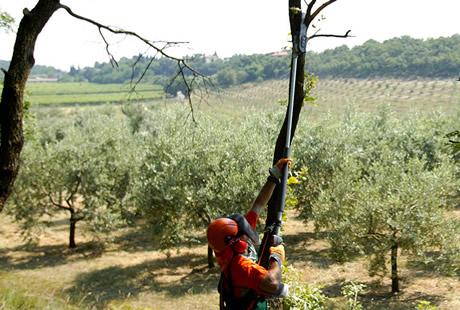Your top tools for garden care in autumn

In autumn the bulk of gardening work consists of cleaning, maintenance and preparing for next year’s warmer months. Autumn chores apply to the whole garden—not just the lawn, flower beds, trees and shrubs, but also the vegetable patch—and are the subject of today's article.
Autumn gardening jobs — the lawn
In autumn, your garden lawn turns into a multi-coloured carpet that needs to be periodically cleared of the layer of dry leaves that gradually settle on the grass. If you want to pile up the leaves ready for bagging and take them to the recycling centre, you can use a rake or, more conveniently, a blower. Choose a handheld model such as the Efco SAi 60 battery-powered blower, or a professional-type backpack blower like the new SA 9010. You can even opt for a blower that also functions as a leaf vacuum cleaner.
With the SAi 60 battery-powered blower you can regulate the air speed to a maximum of 40 m/sec and enjoy up to 90 minutes’ run time between recharges. You can buy it as a kit, with 2.5 or 5 Ah battery and charger included, or use the battery and charger from another Efco battery-powered gardening tool. Alternatively, Efco offers the backpack blower with SA 9010 petrol engine: it is as comfortable to carry as a backpack and powerful, with an air jet that reaches 90 m/sec.
If you have trees in your garden, such as olive, hazelnut or walnut trees, you could do with a blower not only for tidying leaf litter, but also for collecting fruits that have fallen to the ground.
Once you have cleared the leaves from the lawn, do likewise with your path and driveway as well. After freeing them of leaves, take the opportunity to give them a thorough clean with a hose or high-pressure washer, to remove stains left by the leaves themselves, or by seasonal fruit such as persimmons or pomegranates. Once washed, you can quickly dry outdoor patios with the blower’s air jet.
Blowers are an invaluable gardening companion for every season, not only in autumn. After use, take care of yours by following our instructions on how to clean a blower.
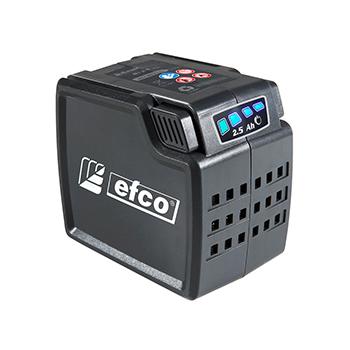
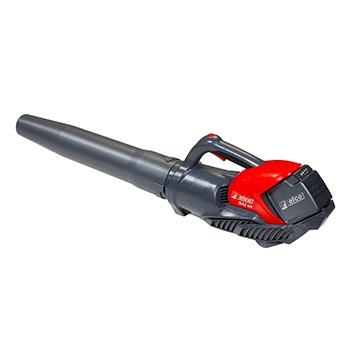
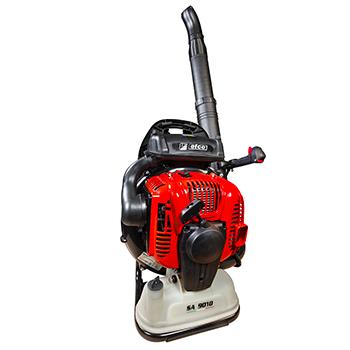
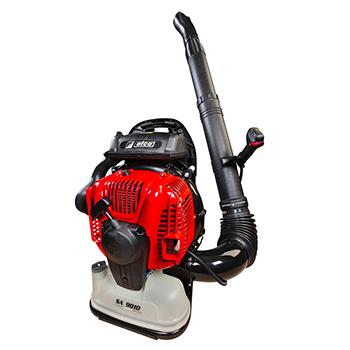
Autumn marks a new stage in the life cycle of your lawn. If it has survived the heat and drought of summer unscathed, November is the time to give it a final mowing before it enters winter dormancy, and you put the lawnmower and brushcutter into storage. Why not blow while you mow? A blower is perfect for clearing up the grass cuttings that litter your path, driveway and everywhere else.
If, on the other hand, your lawn looks the worse for wear following the summer season—perhaps appearing yellowed and thinned out, with bald patches of bare ground—then it’s a good idea to resow areas where the grass is sparsest. Is most of your lawn in bad shape? If so, you're better off reseeding everything from scratch.
If the grass in your autumn garden just needs a “quick fix” of localised reseeding, take a look at our advice on how to reseed damaged lawns after summer.
Garden care: pruning in autumn
Once the leaves have fallen, late autumn is the ideal time to prune your garden. Pre-emptive pruning before or when the leaves are falling, in order to save yourself the hassle of collecting them, is a bad idea for two reasons. First of all, because pruning stresses the plant and losing its leaves is already a delicate phase in the plant’s life cycle. Secondly, because autumn is the period in which pathogenic wood fungi reproduce by means of airborne spores, which can easily attack trees and shrubs through pruning cuts.
The minimum equipment you need for pruning is a few manual pruning tools such as loppers or a pruning saw or, for more precise jobs, some shears. However, if you need to cut numerous plants, large branches or particularly hard wood, you’re better off with a pruning chainsaw, or even a pruner, for cutting high up while standing on the ground.
A blower can come in useful after pruning too, by helping you collect twigs and bits of wood left on the ground. You can then use a bioshredder to grind up the pruning debris in order to reduce its bulk (leaving you with fewer bags to take to the recycling centre). The same result can be achieved with a blower/vacuum cleaner with integrated shredder, which pulverises leaves, grass and other debris to reduce their overall volume.
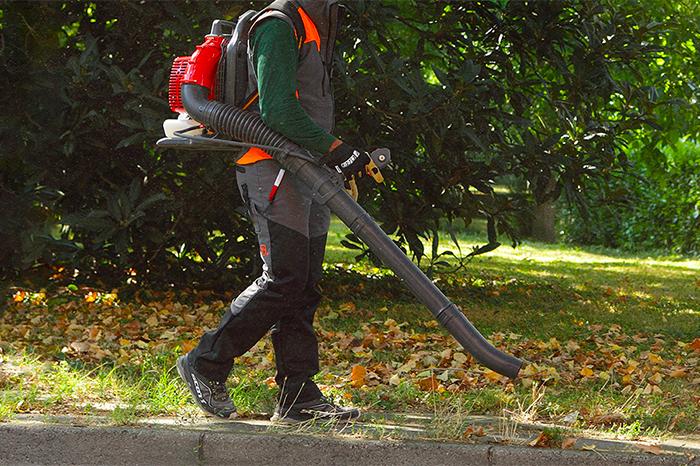
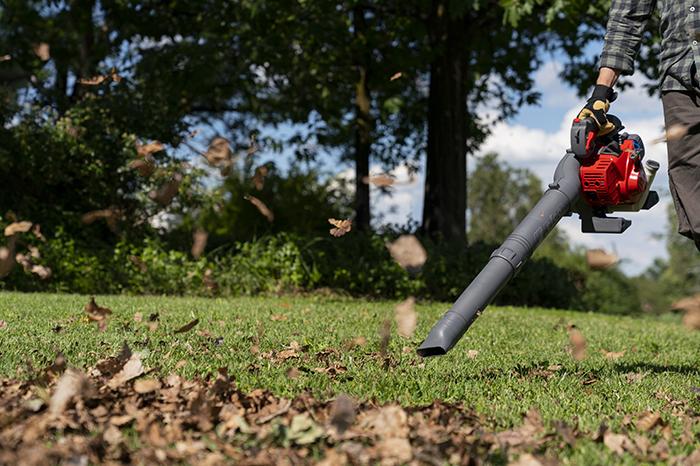
Autumn gardening jobs — the vegetable patch
As we mentioned, your autumn chores include collecting up leaves and giving the lawn its final mow of the year. But instead of taking all the resulting waste to the recycling centre, why not turn it into compost for fertilising your vegetable patch, flower beds, potted plants, lawn and more, by storing it in a simple compost bin? If you have a shredder, you can also convert your triturated pruning waste into compost.
It takes around one year in the compost bin to mature your compost ready for incorporating it into the soil. Other autumn gardening jobs to be done include tilling the soil in your vegetable patch—the part you aren’t using for autumn and winter crops—to prepare it for seeding and transplanting in spring. To prepare the soil by breaking up clods and burying compost, you can use hand tools such as a spade or pitchfork, or even a rotary tiller or two wheeled tractor.
Autumn is also a good time for redesigning your garden. Would you like it to be different? Would you like to modify some areas and make them fit in better with your lifestyle and free time? Start thinking about it in good time: we have some suggestions on do-it-yourself garden design.

